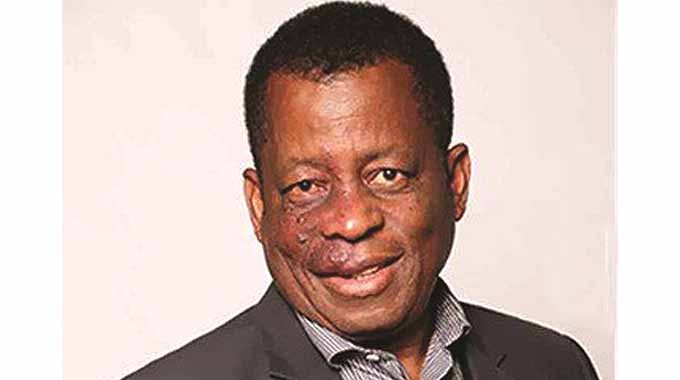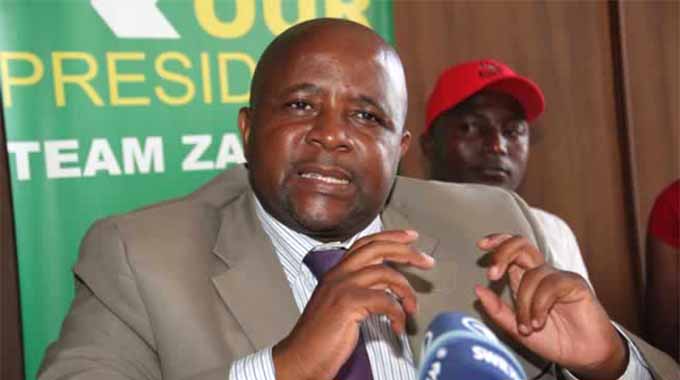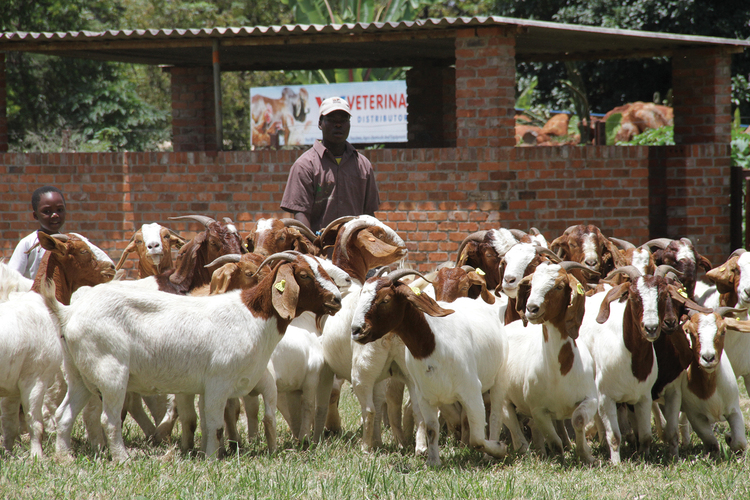ZESA deploys drones to detect transmission faults

Precious Manomano Herald Reporter
ZESA has introduced drone technology to detect line and transmission faults before sending out repair teams.
The technology will enable quicker fault finding and rectification resulting in continuous and consistent provision of electricity.
The certification process of drones comprises of five phases: the pre-application to the Civil Aviation Authority of Zimbabwe (CAAZ), formal application, documentation and evaluation, demonstration and lastly the inspection phase.
Zesa executive chairman Dr Sydney Gata said drones are part of the digital transformation strategy which will also assist Zesa’s distribution arm, ZETDC, in its fight against vandalism and theft of electricity.
“Drones are key in Zimbabwe’s electricity market digital disruption. They create opportunities beyond the traditional way of doing business, provide non-traditional solutions and simplify the electricity generation, transmission and distribution processes. The technology supports the Government’s vision of modernisation and industrialisation in the private and public sectors,” he said.
The use of drone technology by ZESA supports the NDS2 and is in line with Vision 2030.The director general of the Civil Aviation Authority of Zimbabwe (CAAZ), Dr Elijah Chingosho, said operators of aircraft – whether manned or unmanned – are responsible for the safety of their operations.
“The Government has established local regulations to guide the industry which includes those who want to use the drones for private, commercial, corporate and non-profit operations. These regulations are called the civil aviation remotely piloted aircraft regulations and are published in statutory instrument 271 of 2018. They seek to achieve integration and acceptance of drones into the existing aviation systems while fostering an innovation and competitive drone industry,” he said.
Those wanting to own, import or operate drones need to have approval from the Civil Aviation Authority of Zimbabwe and follow the rules laid down in 2018 to ensure that their drone does not pose a hazard.
Drones may fly up to 120 metres above the ground, may not be flown at night without approval from CAAZ and must not be flown within 5km of any airport or airfield. Those owning drones must obtain a letter of approval from CAAZ so the air traffic regulator knows that the drone exists.










Comments